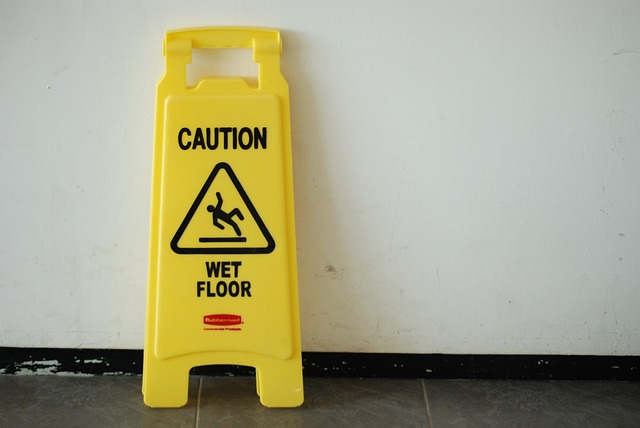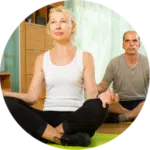Tips on reducing fall-risk for older people at home
There are very few places we know better than our own homes. For many elderly people who have lived in the same accommodation for a large part of their lives, their home is a safe haven, a cosy place to return to and a relatively stress-free environment. But reports by the NHS also suggest that it is common for the elderly to suffer falls in their own home. Their statistics suggest:
“Around one in three adults over 65 who live at home will have at least one fall a year, and about half of these will have more frequent falls.”
Not all falls will result in serious injury for the elderly but the older we are the more susceptible we are to broken bones. On top of that, frequent falls can lead to a loss of confidence and a subsequent withdrawal from outdoor pursuits.
The good news is with a little thought it can be so easy to make their immediate environment much safer without having to spend a lot of money on extra appliances. It all starts with taking a fresh look at their home and assessing it for hazards.
Here are the major factors you should be looking out for when assessing whether or not a house is safe for an elderly person:
- Keep paths clear – Is there enough room to walk through the house without furniture getting in the way? How can the floor space be arranged to allow easy access to the day-to-day items without being in the way.
- Trip hazards – These can include corners of rugs, electrical wires, legs of chairs and other daily items such as newspapers and magazines. There are storage solutions for wires and newspapers, rugs can be stuck to the floor with specific types of tape and chairs can be arranged to be in a more suitable location.
- Safety on stairs – Inspect the staircase, is it in good condition with the carpet or are boards flat and even? Are there appropriate handrails suitably fixed to the wall and able to withstand an adult’s weight should it be needed in an emergency? Is the lighting bright enough with the switches in safe spots ready to be found in the dark?
- Take a second look at the kitchen – Can the frequently used items be placed in a more convenient or safe place – is the kettle close to the sink, are the pans at a safe level and accessible? If the floor was wet would it present a slip hazard? Are there unnecessary items cluttering the worktop or floor space?
- Keeping safe in the bathroom – Simple steps such as hooks for clothes, sturdy towel rails, handles and aids for getting in and out of the shower or bath and safety items when you are in the bath like a mat. Is the floor suitable, ventilation adequate etc.
- Coping with darkness – Ensure the light for the bedroom is in reach from the bed or put in a nightlight so you can see where you are walking. Clothes and shoes left lying around pose a trip hazard so provide adequate accessible storage and hooks.
Being a home carer
The role of a carer is more than just providing assistance and companionship in someone’s own home; you are the eyes and ears for the person you care for, they rely on you to make them as safe as possible whilst allowing them to be as mobile and independent in their own home. By making small changes to the home they live in, you can make a big difference to their ability to look after themselves safely and simply to feel safe to move about at home.
Are you looking for quality care for your elderly loved one in Worthing and West Sussex? Contact us on 08082391525 or at info@prestige-nursing.co.uk for more information and friendly helpful advice.






